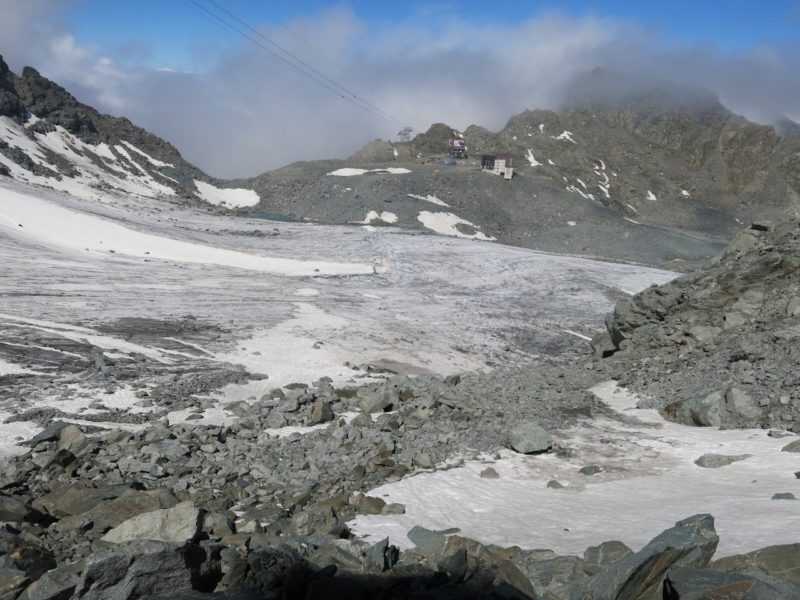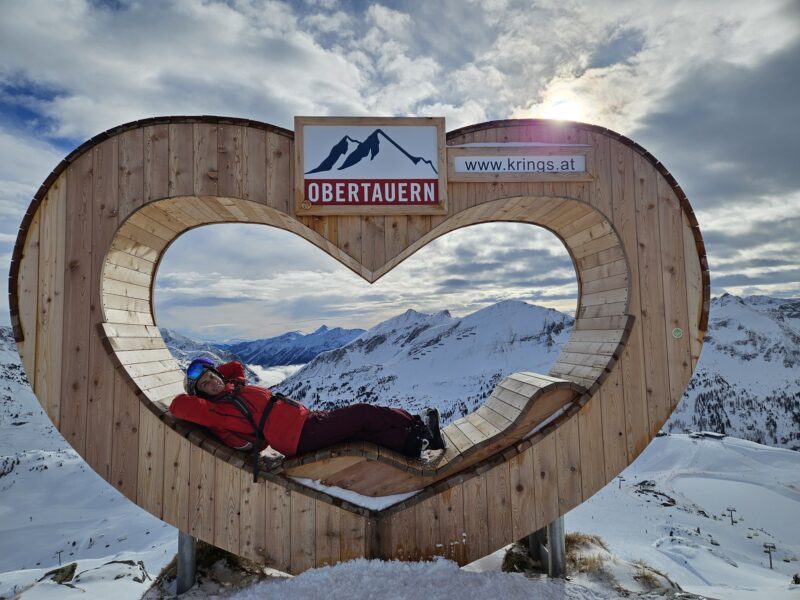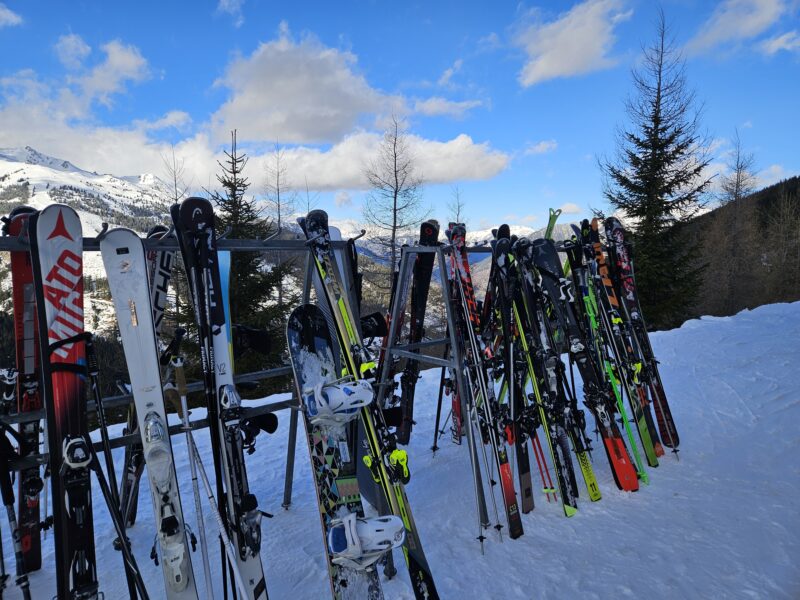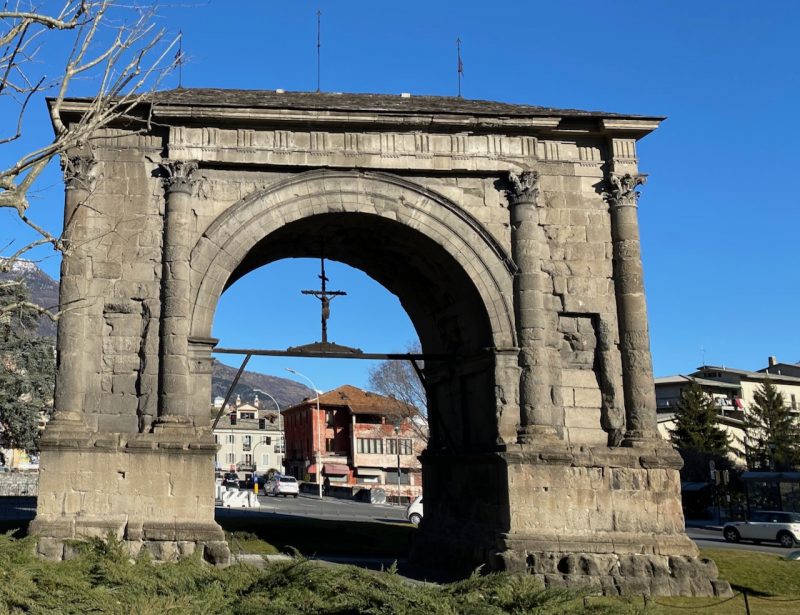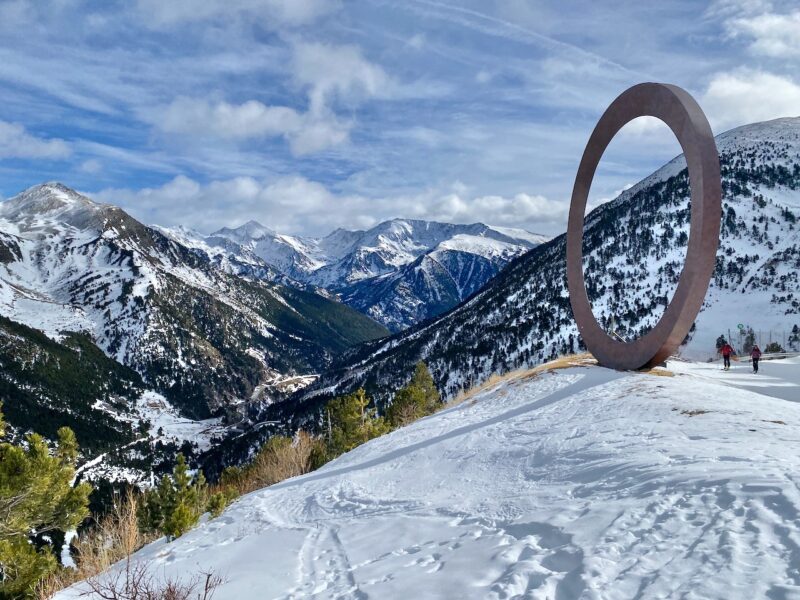Austrian Glaciers Set to Melt Within 50 Years
7th April 2024
Last modified on April 11th, 2024
That’s the finding from the Austrian Alpine Club in a recent report. Glaciers across the Alps are melting as the temperature rises at twice the global average.
The latest report said that, of the 93 glaciers in Austria it measured and observed, all but one shrank in 2022-2023.
The 79 glaciers measured both last year and the previous year were an average 23.9 metres shorter than a year earlier, it said in its annual report.
That was the third-highest figure of shrinkage in both the club’s 133 years of measurements and in the past seven years.
The retreat of 14 other glaciers was observed less precisely, for example by comparing photos.
The biggest retreat was that of Austria’s biggest glacier — the Pasterze, in the Glockner mountain group in the southern province of Carinthia.
It receded by 203.5 metres.
It was followed by the Rettenbachferner in the Ötztal with 127.0 metres and the Gepatschferner which lost 67m in length.
Top Ten Receding Glaciers in Austria
- 1 Pasterze (Carinthia, Glockner group) -203.5
- 2 Rettenbachferner (Tirol, Ötztal Alps) -127.0
- 3 Sexergertenferner (Tirol, Ötztal Alps) -93.7
- 4 Schlatenkees (Tirol, Venice Group) -92.8
- 5 Fernauferner (Tirol, Stubai Alps) -68.0
- 6 Gepatschferner (Tirol, Ötztal Alps) -67.0
- 7 Freiwandkees (Tirol, Glockner Group) -65.8
- 8 Marzellferner (Tirol, Ötztal Alps) -49.9
- 9 Frosnitzkees (Tirol, Venice group) -46.0
- 10 Alpeinerferner (Tirol, Stubai Alps) -43.4

Hintertux glacier, Austria. Image © PlanetSKI
Gerhard Lieb, the co-leader of the club’s glacier measurement service, said Austria’s glaciers can no longer be saved and their disappearance in the coming decades is “unstoppable.”
He works at the University of Graz’s geography institute.
Austria has the highest number of glacier ski resorts in the Alps and PlanetSKI often starts its season in them in October & November.
Then finishes the ski season in April or May.

Kaunertal, the Tirol, Austria. Image © PlanetSKI
The process of forming snow reserves at the upper ends of glaciers so that they can stabilise takes decades, “and the time is up,” added Gerhard Lieb.
“That means nothing can be done anymore.”
“There might be some remnants in shadowed locations — maybe at the Glockner glacier on the north-east side, some areas in the Oetztal valley,” said the service’s other co-leader, Andreas Kellerer-Pirklbauer.
“But de facto, in 40 to 45 years all of Austria will be pretty much ice-free.”
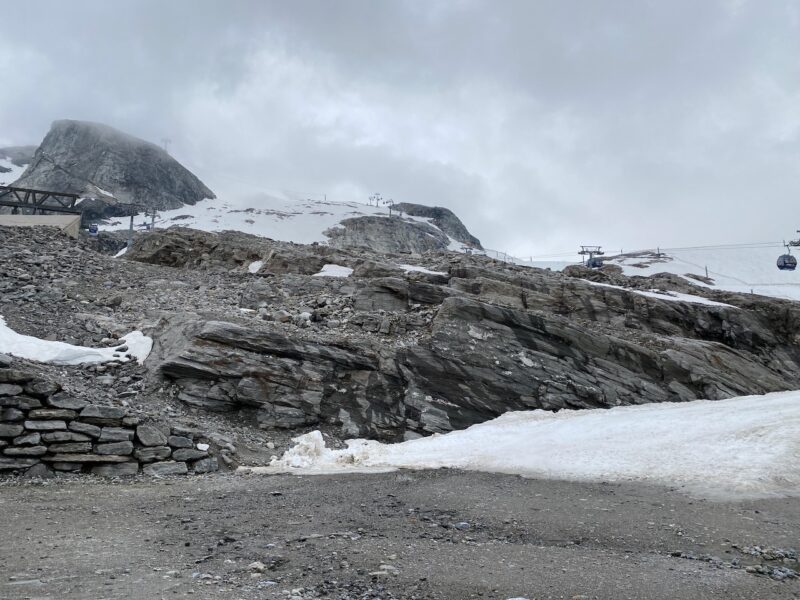
Hintertux glacier, Austria.Image © PlanetSKI
Last year’s average figure for glacier retreat fell short of the record set in 2021-2022 of 28.7 metres (94.2 feet).
But no glacier receded by more than 100 metres that year, and two did in the latest report.
The melting of the glaciers is one of the most notable indications of climate change, with glaciers around the world rapidly retreating.
Experts in neighboring Switzerland said in September that that country saw 4% of its total glacier volume disappear in 2023, the second-biggest decline in a single year on top of a 6% drop in 2022.
Related Articles:
- Swiss glaciers lose 10% of volume in past 2 years
- Austrian Alpine Club calls for urgent action to protect glaciers
- Threat to Italian glaciers increases
- Austrian glaciers likely to melt by end of the century
- Covering glaciers: An expensive way of preventing the ice melting


